Introduction

The APS-C 35mm focal length is equivalent to 52mm on a Fullframe camera, therefore it is in the ‘standard’ focal length category and very close to the classic 50mm lenses on fullframe cameras, with an angle of view offering none of the ‘perspective distortion’ associated with wide angle or telephoto lenses. This lens on an APS-C camera is equivalent to a Nifty Fifty on a fullframe camera. Let’s have a closer look at it!
![]() I tested this lens on a 26 Mp Fujifilm X-S10.
I tested this lens on a 26 Mp Fujifilm X-S10.
 You can see this review as a YouTube video here!
You can see this review as a YouTube video here!
![]() Most of the sample images in high resolution here.
Most of the sample images in high resolution here.
Sample Images









Specifications
| Focal Length | 35mm |
| Angle of View | 45° |
| # of Aperture Blades | 9 |
| Max Aperture | f/1.7 |
| Min Aperture | f/16 |
| Min Focus Distance | 0.33 m |
| Filter Size | 52mm |
| Lens Mount | Fujifilm X, Nikon Z, Sony E |
| Weight | 170 g |
| Size (D x L) | 65 x 59 mm |
| Elements/Group | 11/9 |

| Buy new:
Viltrox Store (15% off stock price December 18-30): |
Disclosure
Viltrox kindly provided this lens for test and review purposes.
Handling and Build Quality
This autofocus lens features a sleek, minimalist design with no external controls apart from the manual focus ring. It is compact and lightweight, weighing only 179 g, making it an excellent match for smaller camera bodies. In the following picture you can see it next to the TTArtisan 35mm f/1.8, which I liked a lot when I reviewed it and I still like it but it is slightly larger than this Viltrox, otherwise the exterior build, look, and design are very similar.

The focus ring is relatively large and metallic, and, like all Fujifilm lenses, it controls focusing electronically. Turning the ring quickly results in significant focus shifts, while slower movements allow for more precise adjustments. It employs internal focusing, so the lens’s length remains constant when focusing, and the front element does not rotate.

The lens body is made of hard plastic, while the mounting plate is metallic. The mounting plate includes electronic pins for data communication, enabling autofocus, aperture control via the camera, and transmitting EXIF data. Additionally, there is a USB-C port on the mounting plate for firmware updates.

All the markings on the lens are printed, which contributes to the plasticky feel of the build. The lens comes with standard plastic rear and front caps, as well as a plastic snap on lens hood.

This lens lacks built-in image stabilization. While the autofocus is accurate, its speed on my Fujifilm X-S10 is unremarkable. That said, Fujifilm cameras are generally not known for blazing-fast autofocus, and the X-S10 is among the slower models in their lineup. Even so, the autofocus is sufficiently fast for typical day-to-day photography.
Optical Features

There have been a few lenses from China with outstanding MTF charts lately and this is the latest one. Such a theoretical performance could only be seen from high end and very expensive Japanese or German lenses in the past but now with computer aided lens design the Chinese seem to catch up in the theoretical design when it comes to sharpness and some of the aberrations at least. Let’s have a look in practice.
Sharpness (Infinity)
For the infinity sharpness test, we look at three areas of the image, centre, mid-frame, and corner, see highlighted areas in the image below!


Well here we can see that the practice matches the theoretical curves as the sharpness is top notch. The lens is very sharp from wide open at f/1.7 in all areas. Corners are generally not as excellent as the centre and midframe but the they are very sharp and we can see diffraction makes the lens a little less sharp at f/11 and a little more at f/16.
Sharpness (Portrait)
Let’s look at the points of interest for portraits at the portrait distance: the very centre, the centre’s inner periphery (1/3 rule intersection), and the centre’s outer periphery (1/4th intersection).





At portrait distance the centre and the inner circle are very good to excellent, but the outer circle just good. Closing the aperture just one stop and you get excellent sharpness at all three tested points.
Sharpness (Close-up)







The closeup sharpness is very good wide open and becomes excellent by stopping down. Peak performance at f/4, after which the diffraction makes the lens less sharp. Nevertheless, it is a very good performance.
Lens Distortion
There is a mild pincushion distortion visible in the pictures.
Vignetting
High vignetting wide open at f/1.7, which improves to moderate vignetting at f/2.5. It becomes very low at f/3.5 and negligible at f/4 and smaller apertures.

- F/1.7: 2.4 EV
- F/2.5: 1.3 EV
- F/3.6: 1.0 EV
- F/5.0: 0.8 EV
- F/7.1: 0.8 EV
Focus Shift & Aberrations
The longitudinal chromatic aberration is quite well controlled. There is a slight negligible color fringing wide open at f/1.7, which practically goes away at f/2.8.
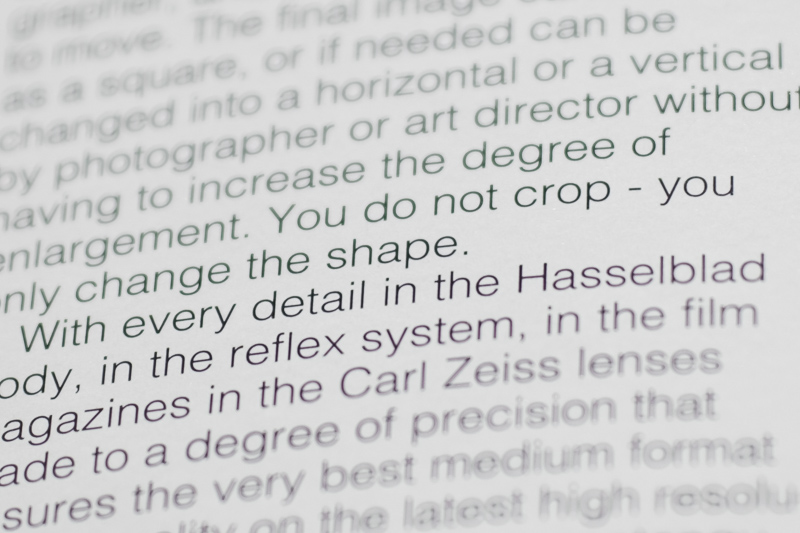


The Lateral chromatic aberration control is flawless as no LaCA is visible.

Flare Resistance
You can make any lens look bad in this category if you try hard and long. This Viltrox lens though, shows solid resistance against veiling flare as the contrast in the image is good almost irrespective where the sun is in the frame. On the other hand it can show some ghosting at both larger and smaller apertures in certain situations. Overall, I rate it better than average for its price class, offering decent performance for a budget-friendly option.
Coma
A small amount of coma is visible in the corners of the image when shooting wide open at f/1.7. Most of it disappears by f/2.8, where it becomes negligible, and by f/4, it is completely gone.



Sunstars
Sunstars can be produced by this lens but only at f/16, otherwise I would not rate them as very well. Only at f/16 the sunstars become somewhat distinct, but far from the best ones we have seen.



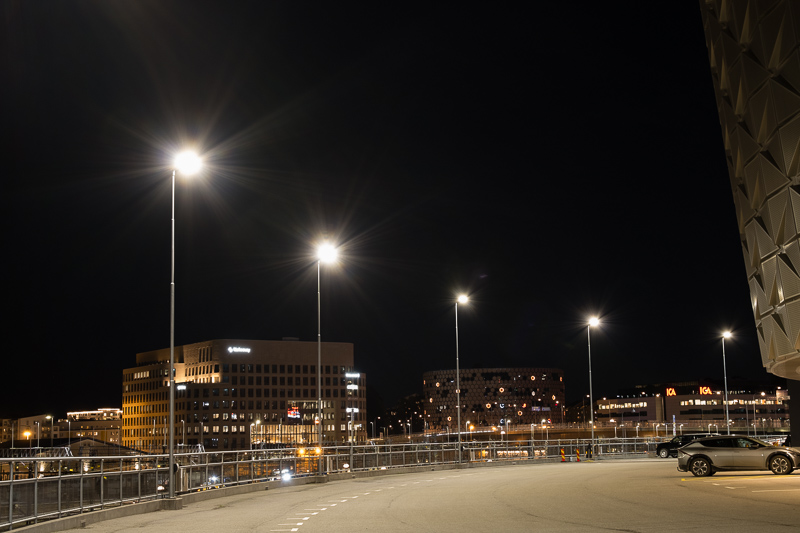



Focus Breathing
The lens exhibits a moderate performance here as we see some focus breathing. It is not very bad though.

Bokeh
The bokeh highlights exhibit distinct onion-ring patterns due to the presence of an aspherical element in the lens. Toward the edges and corners of the frame, the highlights take on a cat’s-eye shape, which is not unusual. In addition to that, some hard, double-edged bokeh highlights appear, especially towards the corners, which may negatively affect the overall rendering in those areas.
At close distances, the bokeh is very soft—again, not uncommon—especially considering the lens’s minimum focusing distance, which is an impressive 0.33 m for a 50mm full-frame equivalent. In the following images, you can see how the background blur is rendered at different distances from the subject. For each image, I stepped back approximately 40–50 cm, starting from minimum focusing distance.
As expected, the background blur becomes somewhat busy at mid to long distances. While not overly distracting, it is not among the most pleasing blurs available. Here there are a few more examples and you can see even more among the sample images.

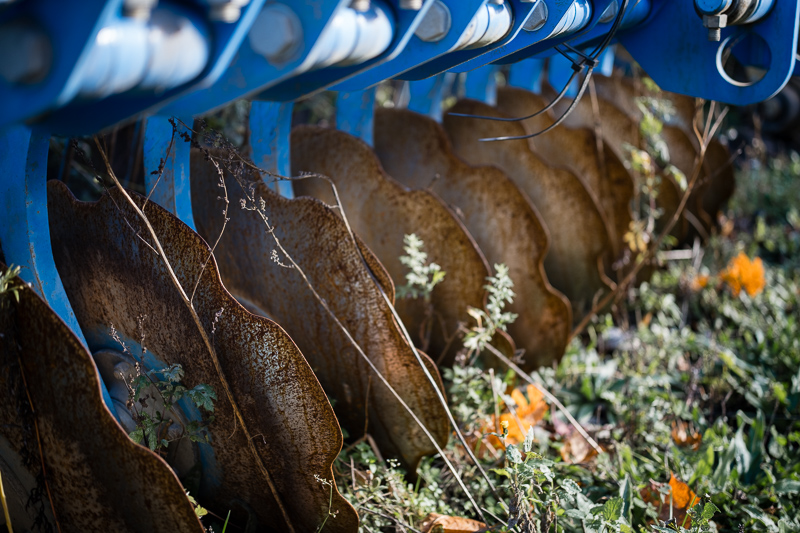

Conclusion
| I LIKE | AVERAGE | I DON’T LIKE |
| Sharpness Size and weight Price Chromatic aberrations Bokeh (-) |
Lens distortion Vignetting Coma Build Sunstars (-) Flare resistance (-) Focus breathing (-) |
This is an exceptionally sharp lens, among the best in its class. Its compact size and lightweight design are highly appreciated, especially on smaller camera bodies. The excellent control of chromatic aberrations is also noteworthy. While some aspects, such as distortion, vignetting, coma, sunstars, and focus breathing could be improved, they are not significant issues. As shown in the table above, there’s really nothing to dislike, though not everything is top-notch. Considering its price and affordability, this lens offers great value for money and is likely to satisfy the majority of enthusiasts. Are you on a budget or want to spend your money on more than only one single lens, have a closer look at this lens and you hardly become disappointed. If you’re on a budget or want to get more value from your investment, take a closer look at this lens—you’ll likely be very satisfied.
Writing articles like this one is both time-consuming and costs us a lot of money. If you found this article helpful and decided to buy one of these lenses, please consider using one of the affiliate links.
If you are not interested in buying any of the lenses, but you still found this article useful, interesting, or it saved you a lot of money, treat us to a coffee (donate)!
| Buy new:
Viltrox Store (15% off stock price December 18-30): |
Alternatives
One of the first lenses any company makes seems to be an APS-C 35mm. We see many of these from various Japanese, Korean, and Chinese manufacturers with different speed, quality and price range. Often, they make more than one of them and also they make several versions of the same a short period after the first one. Therefore, there are many of them out there and I just mention a few of them here.
TTArtisan AF 35mm f/1.8
A very similar lens to the reviewed lens, very solid too. See Further Reading section for full review!
Amazon $ (Affiliate links)
Laowa 33mm 0.95 CF APS-C
The fastest lens in this focal length for APS-C cameras. Manual focus lens. See Further Reading section for full review!
Amazon $599 (Affiliate links)
Fujifilm XF 35mm F2 WR
Amazon $399 (Affiliate links)
Sony E 35mm f/1.8 OSS
Amazon $440 (Affiliate links)
TTArtisan 35mm f1.4
Manual focus lens.
Amazon $83 (Affiliate links)
Meike 35mm f1.4
Amazon $210 (Affiliate links)
Viltrox AF 33mm F1.4 APS-C
Amazon $237 (Affiliate links)
NEEWER 35mm f1.1 APS-C Large Aperture Manual Focus
Amazon $91 (Affiliate links)
7artisans 35mm F1.4 Mark II APS-C Manual Focus
Amazon $189 (Affiliate links)
Tamron 35mm f/2.8
Amazon $199 (Affiliate links)
Sigma 30mm f/1.4
Amazon $294 (Affiliate links)
More Sample Images













Most of the sample images in this review and many more can be found in higher resolution here.
Further Reading
Review: TTArtisan AF 35mm f/1.8 (APS-C)
Review: Laowa 33mm 0.95 CF APS-C
What camera gear and accessories do I use most frequently?
Support Us
Did you find this article useful or did you just like reading it? It took us a lot of time and money to prepare it for you. Use the Donate button to show your appreciation!
![]()

(Donations via Paypal or bank card)
What’s in my camera bag? MY 2024 KIT!!
- Main camera : https://amzn.to/3TsGtKg
- Camera grip : https://amzn.to/4e0G3CR
- Memory Card 1: https://amzn.to/47pA20i
- Memory Card 2 : https://amzn.to/3XHYxlZ
- Camera 2 : https://amzn.to/3Xifou8
- Camera grip: https://amzn.to/4dYYpV9
- Memory card 1: https://amzn.to/4e5h2H0
- Memory card 2: https://amzn.to/3zu7W7n
- Small travel tripod: https://amzn.to/4goIX68
- Mini tripod: https://amzn.to/4e09XXX
- Small shoulder bag: https://amzn.to/47tPMiY
- Medium shoulder bag: https://amzn.to/4ej4bjY
This site contains affiliate links, for which I may receive a small commission if you purchase via the links at no additional cost to you. This helps support the creation of future content.
#viltrox35air ; #carrylesscapturemore
Martin
Latest posts by Martin (see all)
- Analogue Photography: Part 5 – Kodak ColorPlus 200 at Nostalgic Car Show - January 7, 2026
- REVIEW: 7Artisans AF 24mm f/1.8 - January 4, 2026
- Analogue Photography: Part 4 – Ilford HP5 Plus at a Historical Engine Factory - December 3, 2025












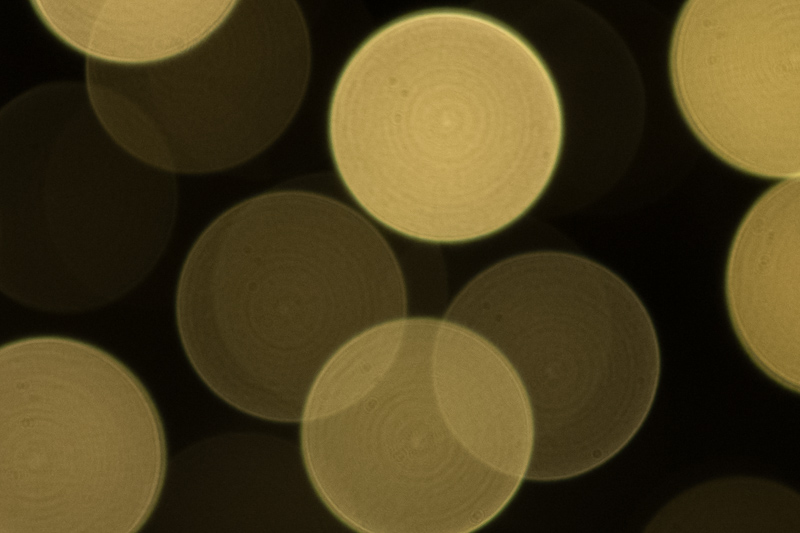
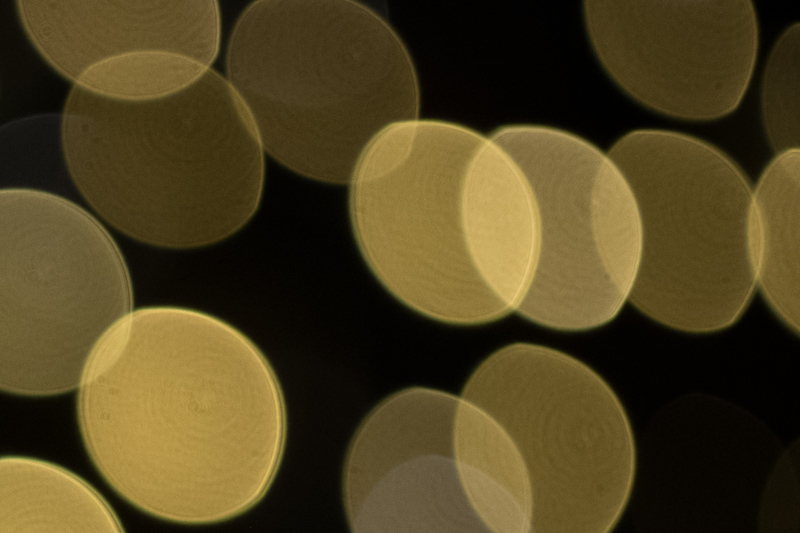

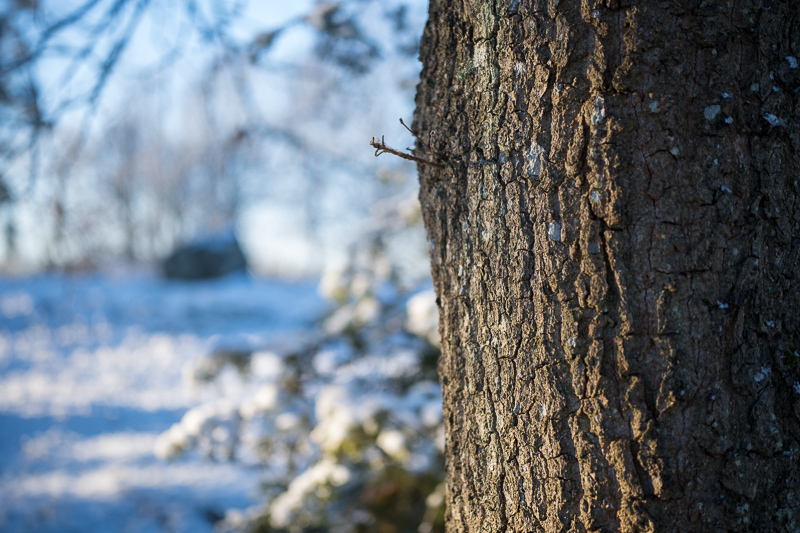



Thanks for the review. Where did you find the optical diagram? I only saw a highly stylized 3d rendering of one here: https://viltrox.com/products/viltrox-af-35mm-f1-7-aps-c-lens-for-fujifilm-x-mount (search for “high-quality optics”). It is very hard to see the shape of the lens elements, but I think it looks quite different from the one you provided. I don’t know how reliable those diagrams are; on a different URL, Viltrox actually cited a totally different number of elements and groups, likely copy/paste error I’d guess. But I always look for them regardless.
Looks the same to me, also the aspherical, HR and ED elements are in the same place.
We get the technical data, including the lens construction, directly from the manufacturer, Viltrox.
Also, that stylised diagram looks the same as the one I have in the review, the difference is that they have shown all the elements separate from each other before two pairs of them get cemented and also they show all the elements with equal distance from each other. It is just to show the number of elements and which elements are ED, HRI and Asph.
Also, the diagram in the review is a cross-section from the middle of the elements, meaning the top and bottom edges that you see in the review diagram go around and will also be seen from your point of view in the stylised diagram that illustrates full glasses.
I’ll ask Viltrox to be sure.
I wonder what would be your choice guys, this Viltrox+APSC camera or Sony FE 50mm F2.5 G +FF Sony camera like A7C (or similar small FF prime)?
It seems there is something wrong with the portrait distance test at f/3,6 and the close up test at f/5,6.
They are both worse than the larger f-stop (F2.5 / f/4).
You are right and I am not sure why this has happened, I double checked the original shots to see if I have mixed up the orders. but it was not the case.
It is possible that camera shake had made those specific shots worse despite the camera was on tripod, I am not 100% sure though if I had engaged the 2 sec delay when taking the images.